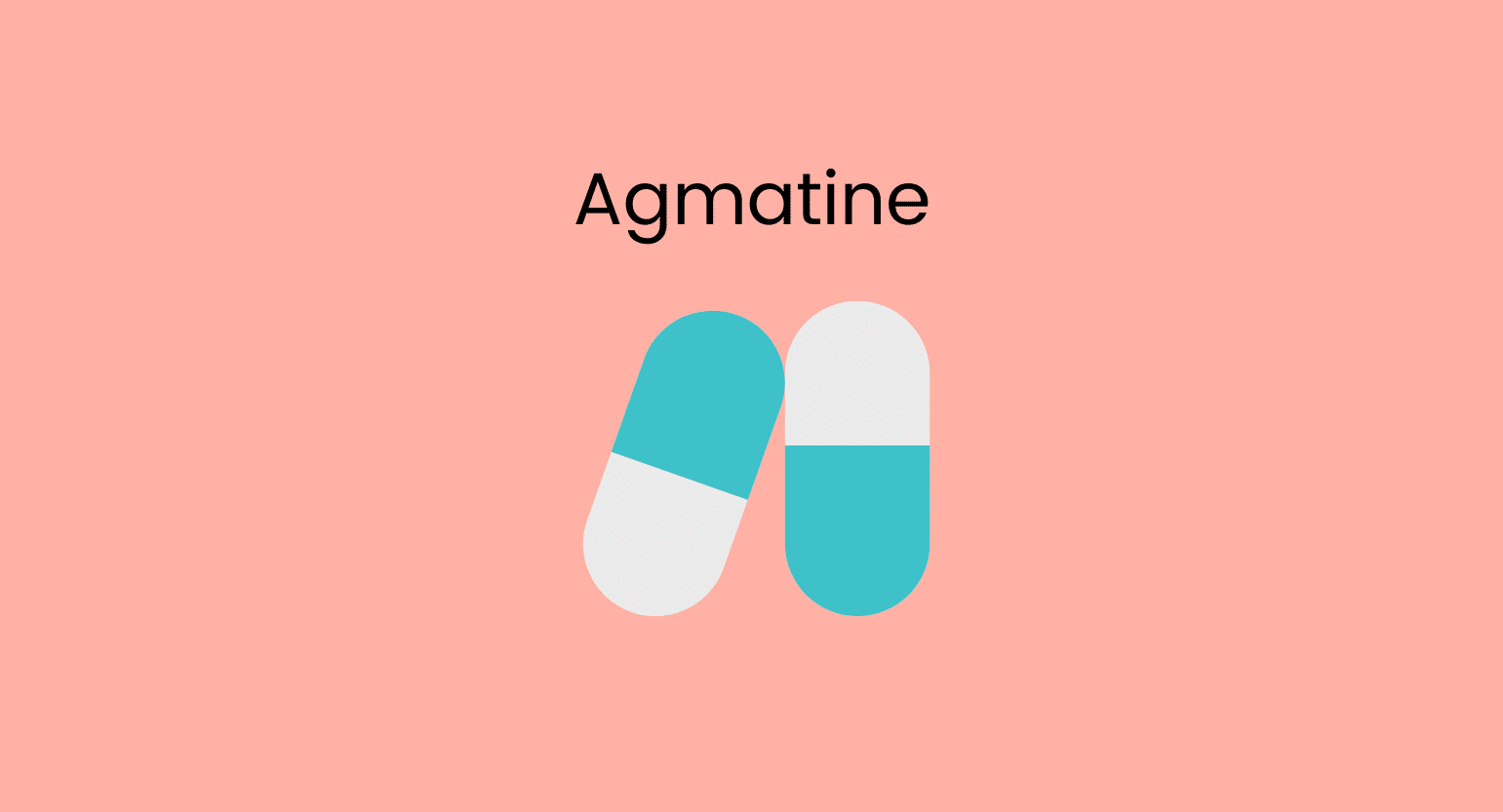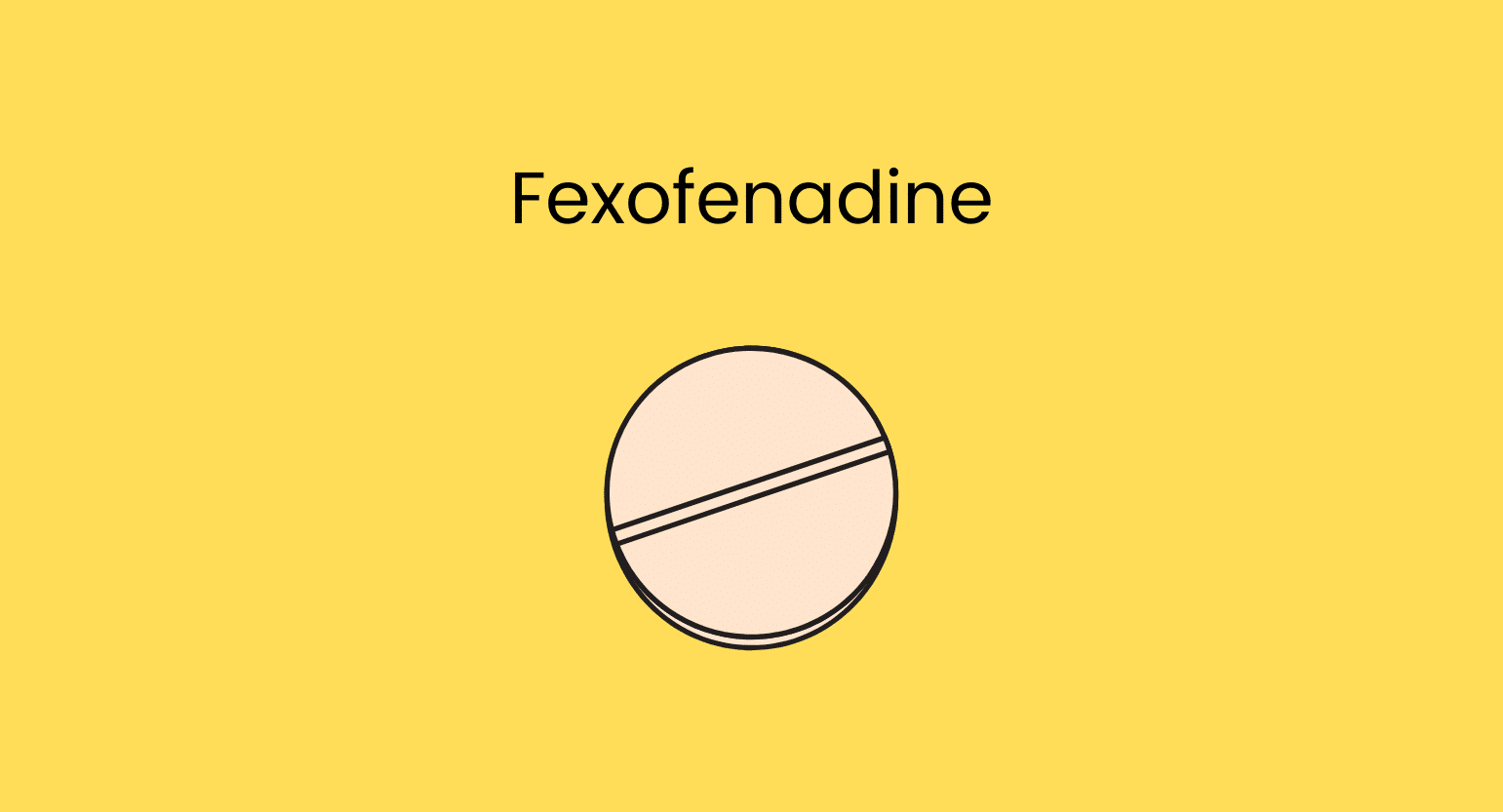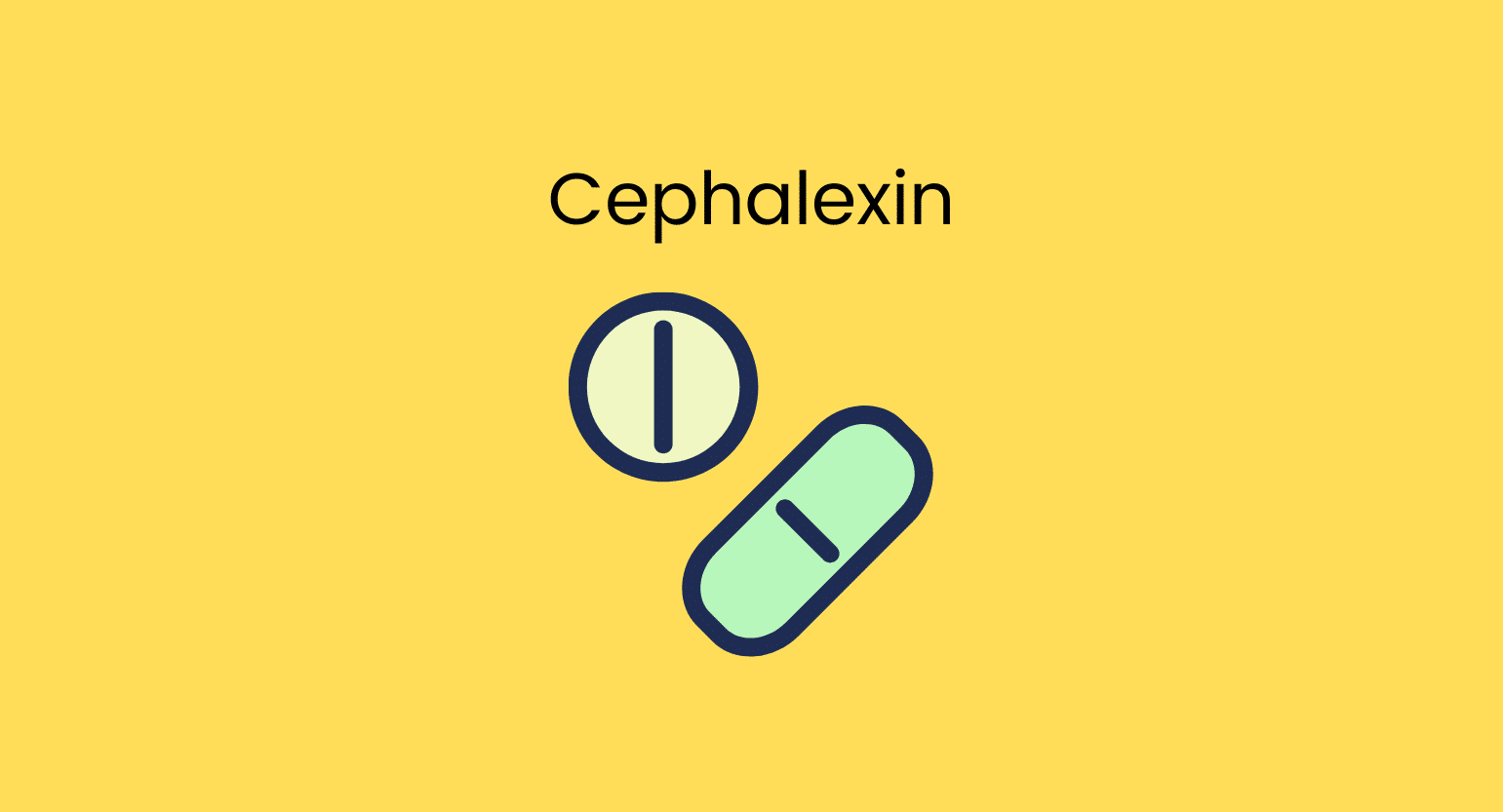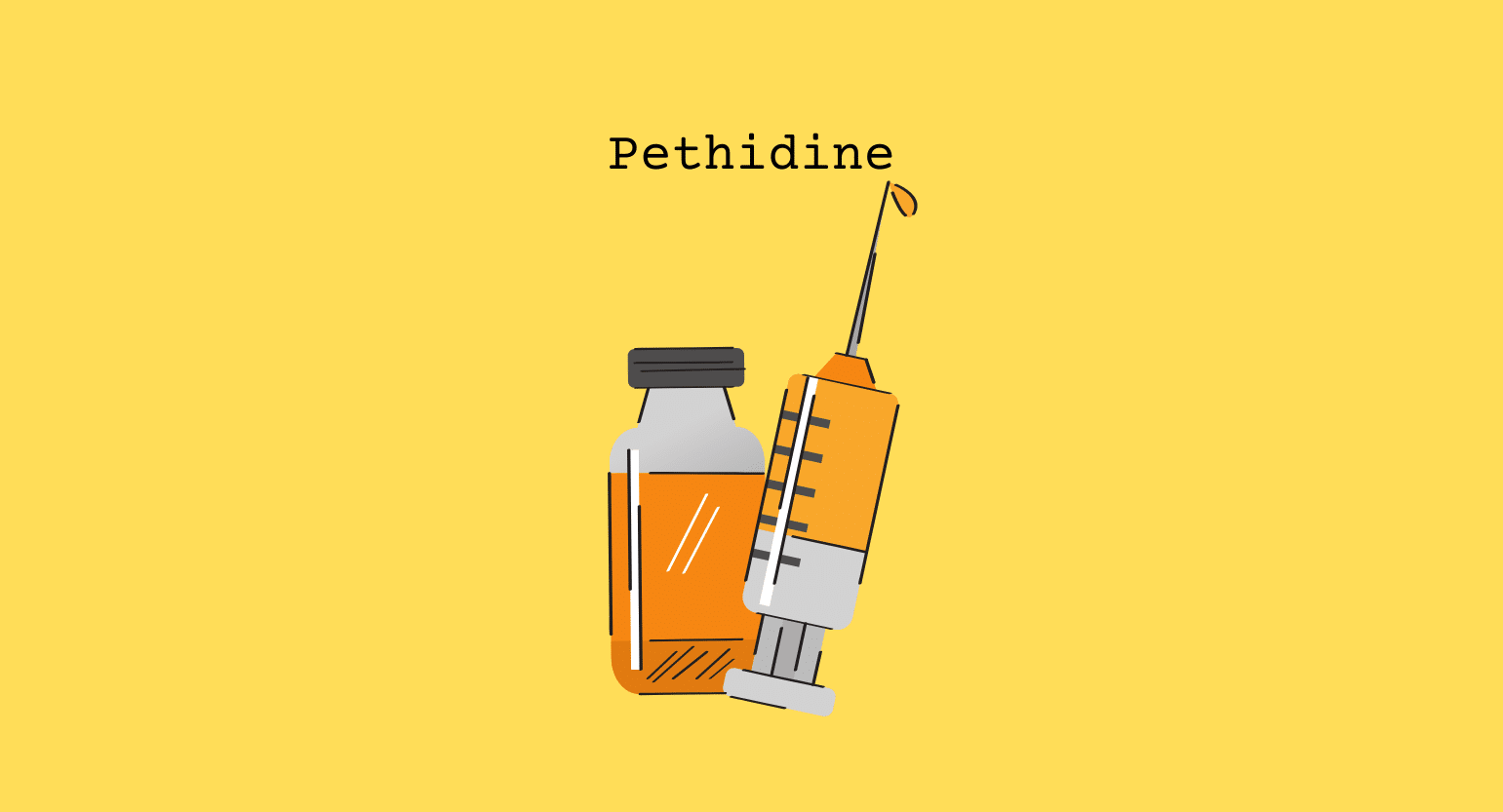Does Kratom Interact With St. John’s Wort?
Yes, using these herbs together may increase the risk of side effects. But is this combination dangerous?
Likely not, but it’s essential to space each herb’s dose by about two hours and start with low doses —lower than those you would take for each herb on its own.
Most of the drugs and supplements we take are metabolized in the liver by a group of enzymes known as the cytochrome P450 (CYP).
Studies have shown that St. John’s Wort can induce the CYP enzymes CYP3A4 and CYP1A2 [1]. This is significant since CYP3A4 is one of the main enzymes responsible for metabolizing kratom [2].
By speeding up kratom’s metabolism rate, this combination could reduce the duration of kratom’s effects, place more strain on the kidneys and liver, and potentially reduce the effectiveness of both substances.
It’s especially important to speak to a doctor about either of these herbs if you use any other medications.
Both kratom and St. John’s Wort are known to increase the risk of side effects from other medications. Taking both simultaneously increases this risk even further. For example, combining St. John’s Wort and acetaminophen produces severe side effects [3, 4].
St. John’s Wort Specs

| Drug Name | St John’s wort |
| Classification | Herbal extract |
| CYP Metabolism | CYP3A4 and CYP1A2 |
| Interaction With Kratom | St John’s wort induces kratom’s metabolism |
| Risk of Interaction | Low |
Is it Safe to Take Kratom With St. John’s Wort?
Taking kratom and St. John’s Wort occasionally together shouldn’t cause any major side effects. However, it’s always best to check with your doctor before starting or combining medications of any kind, even natural ones.
If you’re currently taking St. John’s wort as an antidepressant, you can also consume kratom with the knowledge that it’s not likely to interact in a way that places you at risk.
Just remember: kratom might be less effective.
Nevertheless — if you’re trying out this combination for the first time — make sure to start with a lower dose of kratom and space your dose for at least 2 hours after the last St. John’s intake.
Suggested Reading: Exhaustive List of Kratom Drug Interactions
What is St. John’s Wort?
Hypericum perforatum — also known as St. John’s wort — is a commercially cultivated flowering plant species [5].
The name “St. John’s Wort” can signify any species of the genus Hypericum, but this specific one is commonly called “perforate St. John’s wort.” The species was native to some regions of Europe and Asia but can now be found in temperate areas around the globe.
St. John’s wort has a long history of medicinal use that stretches back into classical antiquity. Hyperforin, one of the main active compounds in St. John’s wort, is being studied for its possible benefits. However, hyperforin is possibly why St. John’s interacts with various drugs [4, 6].
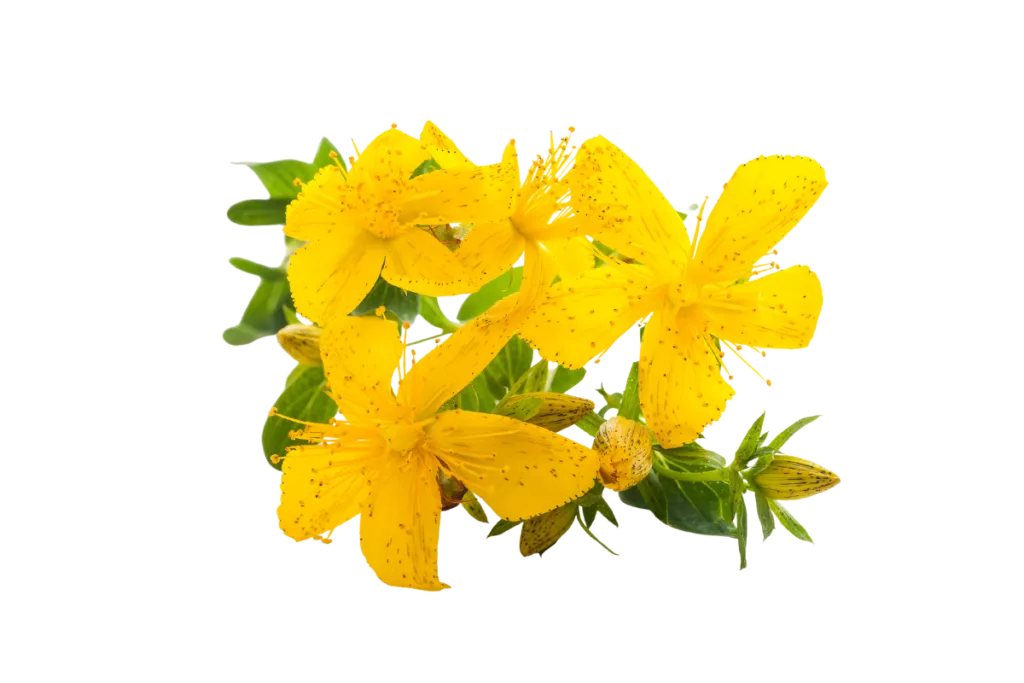
What is St John’s Wort Used for?
It’s long been used as part of concoctions said to cure all sorts of maladies — St. John’s wort is now regarded as having legitimate antidepressant properties.
Many studies have found St. John’s wort to be as effective as pharmacological antidepressants. It also appears to have fewer adverse effects when compared to SSRI antidepressants [7, 8].
However, there are still doubts as other studies have shown large variations in performance.
St. John’s wort can be prescribed for depression in Germany. In the United States, however, it is usually not recommended as a replacement for more standard treatments.
According to the United States National Center for Complementary and Integrative Health, St. John’s wort is as effective as a standard antidepressant for mild to moderate depression but uncertain against severe depression [9].
What’s the Dose of St. John’s Wort?
Studies suggest that 900 mg daily of St. John’s is needed to reduce symptoms of depression. Plasma levels rise gradually over the course of several weeks — so the effect of the plant usually takes a couple of weeks to appear [10].
St. John’s wort can be taken in liquid or capsules, or the dried leaves can be used to make tea.

What Are the Side Effects of St John’s Wort?
St John’s wort has certain adverse effects you need to be aware of [11, 12]:
It can cause allergic reactions and reacts with several prescription medications, either hampering their functioning or possibly causing harm to the user.
The plant may also cause the following side effects:
- Abdominal pain
- Confusion
- Diarrhea
- Dizziness
- Dry mouth
- Fatigue
- Headache
- Loss of appetite
- Nausea
- Sedation
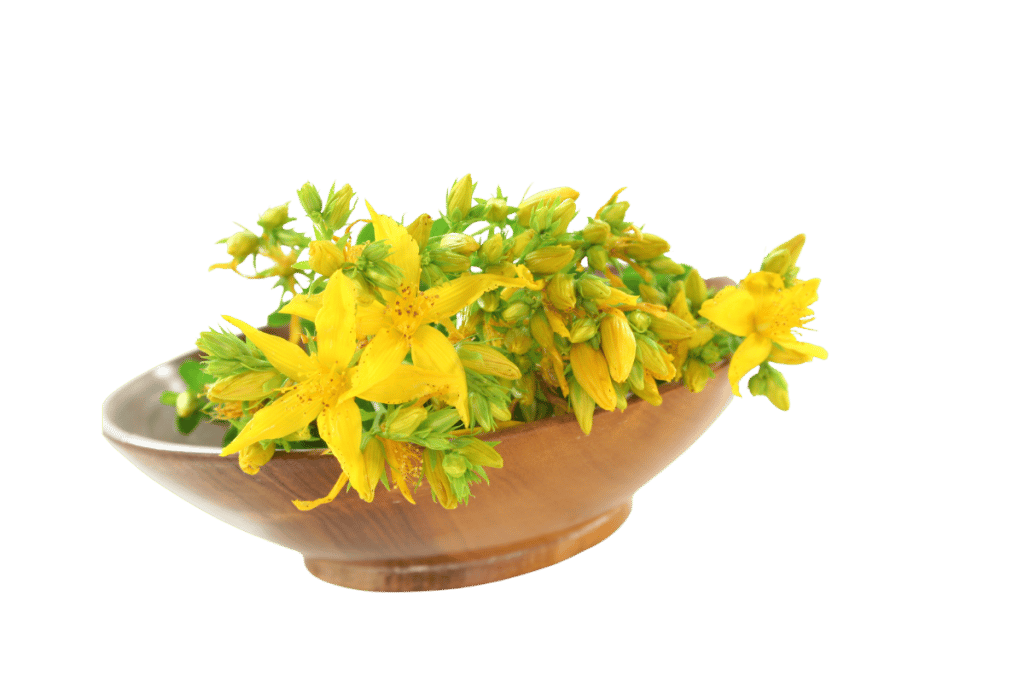
What is Kratom?
Kratom is the common name for the Mitragyna speciosa plant. It’s a tropical evergreen tree native to Southeast Asia, namely Vietnam, Thailand, and Indonesia. It is known for having many health benefits —people have used it for centuries as a traditional medicine to combat fatigue and pain.
The kratom community in the United States is growing fast as thousands of people are discovering kratom’s benefits and the multiple ways to take kratom.
However, since kratom is currently an unregulated substance in the US and there’s a lot of research still to be done.
What is Kratom Used for?
There are two basic types of kratom users: those who enjoy the stimulant or relaxant aspects of the kratom spectrum and those who use kratom as a treatment.
Depending on the dosage, kratom can offer a variety of cognitive benefits. It can make users feel more relaxed or more energized and focused. Kratom can also cause feelings of euphoria.
Kratom has also become a treatment for many types of conditions. The analgesic properties have made it a go-to for those who are suffering from chronic pain, and it may provide anxiety relief. It can also help treat the symptoms of opiate withdrawal and is becoming popular as a weight-loss supplement.
Other common modern uses for kratom include the following:
- Attention Deficit & Hyperactivity Disorder (ADHD)
- Arthritis pain
- Benzodiazepine withdrawal syndrome
- Chronic back pain
- Fibromyalgia
- Migraines
- Muscle pain
- Neuralgia

What’s the Dose of Kratom?
Finding the right dose might take a little experimenting. It varies from person to person and depends on what you’re using it for. However, here is the common dosing, but remember to start low.
The average kratom dosages are:
- Low dose (1 – 5 g)
- Medium dose (5 – 10 g)
- High dose (10 – 15 g)
Low doses are preferable if you want to experience the nootropic aspect of kratom. The more you ingest, the more you slide over into the analgesic, sedative-like properties.
Furthermore, it’s essential to understand that formulaic dosage prescriptions can never be totally accurate. They are best taken with a grain of salt.
The best option is to experiment with small doses and work your way up.
What Are the Side Effects of Kratom?
If the amounts are small, you’ll likely never experience kratom’s side effects. Still, some people are more sensitive, so it’s best to be aware that they do exist.
Kratom is known to be able to cause the following side effects:
More serious side effects include:
- High/Low blood pressure
- Itchiness in the skin
- Liver damage (with long-term use)
- Loss of muscle coordination
- Low libido
- Nausea
- Poor appetite
- Seizures
- Tremors
- Physical dependence
Also see: What Are the Kratom Wobbles?

What Are the Different Types of Kratom?
Kratom can be found in four types of strains.
How are the strains different? Glad you asked.
Kratom’s many strains all share the same properties. However, each strain is better at manifesting a different area of the kratom spectrum.
It’s thought that the area of Southeast Asia also affects the alkaloid profile due to factors like soil composition.

White Vein Kratom
White vein kratom is known to be the best option if you’re looking to experience the nootropic benefits of kratom. It’s a great option for a mid-morning booster.

Red Vein Kratom
Red vein kratom strains are popular with those who suffer from chronic pain or have anxiety. Some even use it as a form of sleep support.

Green Vein Kratom
Green vein kratom is best thought of as a mixture of red and white kratom. It has a great balance of benefits and can exemplify the breadth of the kratom spectrum.

Yellow Vein Kratom
Yellow vein kratom is quite similar to green-veined strains. Its main attribute is the fact that it’s milder than the other three strains.

Key Takeaways: Is it Safe to Mix Kratom & St. John’s Wort?
As long as you consume low doses of both compounds and separate each dose by at least two hours, there should be minimal risk. However, it’s best to talk with your doctor since these two tend to cause drug interactions.
Nonetheless, if you take kratom daily as a treatment for some condition (chronic pain, withdrawal symptoms, anxiety, etc.), then you should be aware that the concomitant use of St. John’s wort will lower the effectiveness of kratom and thus interfere with your treatment.
Also, if you happen to be on any prescription medication, call your doctor before taking St. John’s wort or kratom; your medication could potentially have a dangerous reaction with either herb.
- Wenk, M., Todesco, L., & Krähenbühl, S. (2004). Effect of St John’s wort on the activities of CYP1A2, CYP3A4, CYP2D6, N‐acetyltransferase 2, and xanthine oxidase in healthy males and females. British journal of clinical pharmacology, 57(4), 495-499.
- Kamble, S. H., Sharma, A., King, T. I., León, F., McCurdy, C. R., & Avery, B. A. (2019). Metabolite profiling and identification of enzymes responsible for the metabolism of mitragynine, the major alkaloid of Mitragyna speciosa (kratom). Xenobiotica, 49(11), 1279-1288.
- Guo, G. L., Moffit, J. S., Nicol, C. J., Ward, J. M., Aleksunes, L. A., Slitt, A. L., … & Gonzalez, F. J. (2004). Enhanced acetaminophen toxicity by activation of the pregnane X receptor. Toxicological Sciences, 82(2), 374-380.
- Beerhues, L. (2006). Hyperforin. Phytochemistry, 67(20), 2201-2207.
- Peterson, B., & Nguyen, H. (2021). St. John’s Wort.[Updated 2021 Jul 25]. StatPearls [Internet]. Treasure Island (FL): StatPearls Publishing.
- Mai, I., Bauer, S., Perloff, E. S., Johne, A., Uehleke, B., Frank, B., … & Roots, I. (2004). Hyperforin content determines the magnitude of the St John’s wort–cyclosporine drug interaction. Clinical Pharmacology & Therapeutics, 76(4), 330-340.
- Linde, K., Berner, M. M., & Kriston, L. (2008). St John’s wort for major depression. Cochrane database of Systematic reviews, (4).
- Müller, W. E., Singer, A., & Wonnemann, M. (2000). Mechanism of action of St. Johns wort extract. Praxis, 89(50), 2111-2121.
- U.S. Department of Health and Human Services. (n.d.). St. John’s wort. National Center for Complementary and Integrative Health. Retrieved January 3, 2023, from https://www.nccih.nih.gov/health/st-johns-wort.
- Lawvere, S., & Mahoney, M. C. (2005). St. John’s wort. American family physician, 72(11), 2249-2254.
- Ernst, E., Rand, J. I., Barnes, J., & Stevinson, C. (1998). Adverse effects profile of the herbal antidepressant St. John’s wort (Hypericum perforatum L.). European journal of clinical pharmacology, 54(8), 589-594.
- Chrubasik-Hausmann, S., Vlachojannis, J., & McLachlan, A. J. (2019). Understanding drug interactions with St John’s wort (Hypericum perforatum L.): impact of hyperforin content. Journal of Pharmacy and Pharmacology, 71(1), 129-138.


